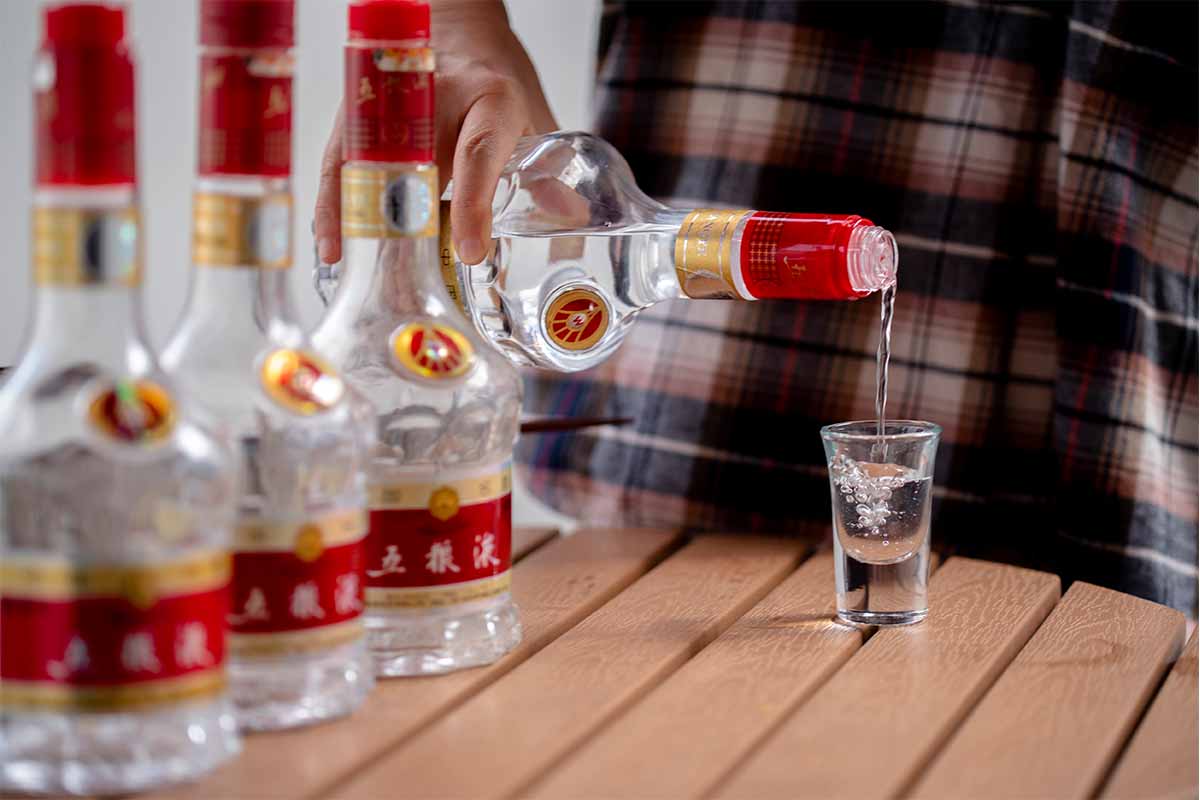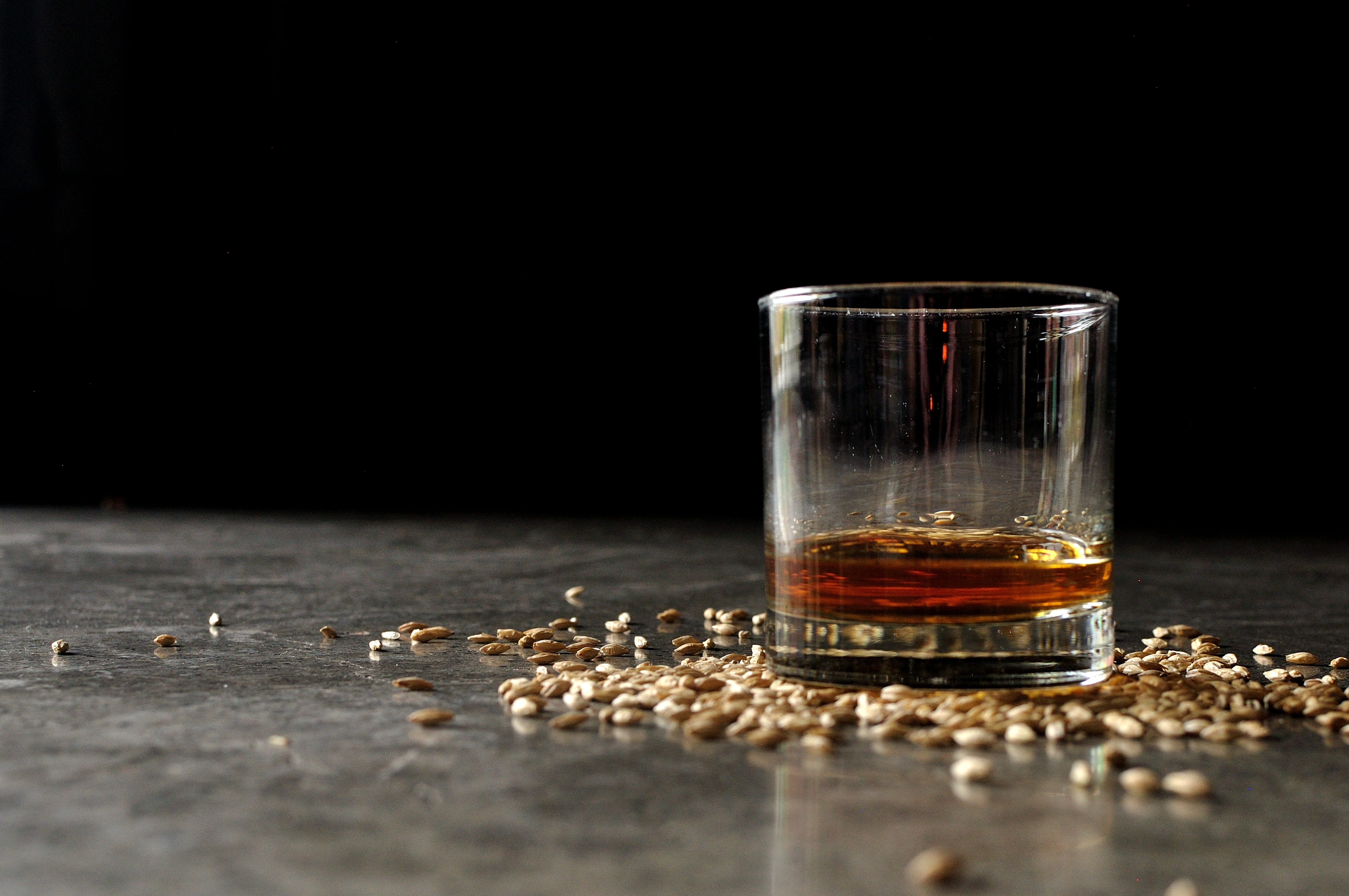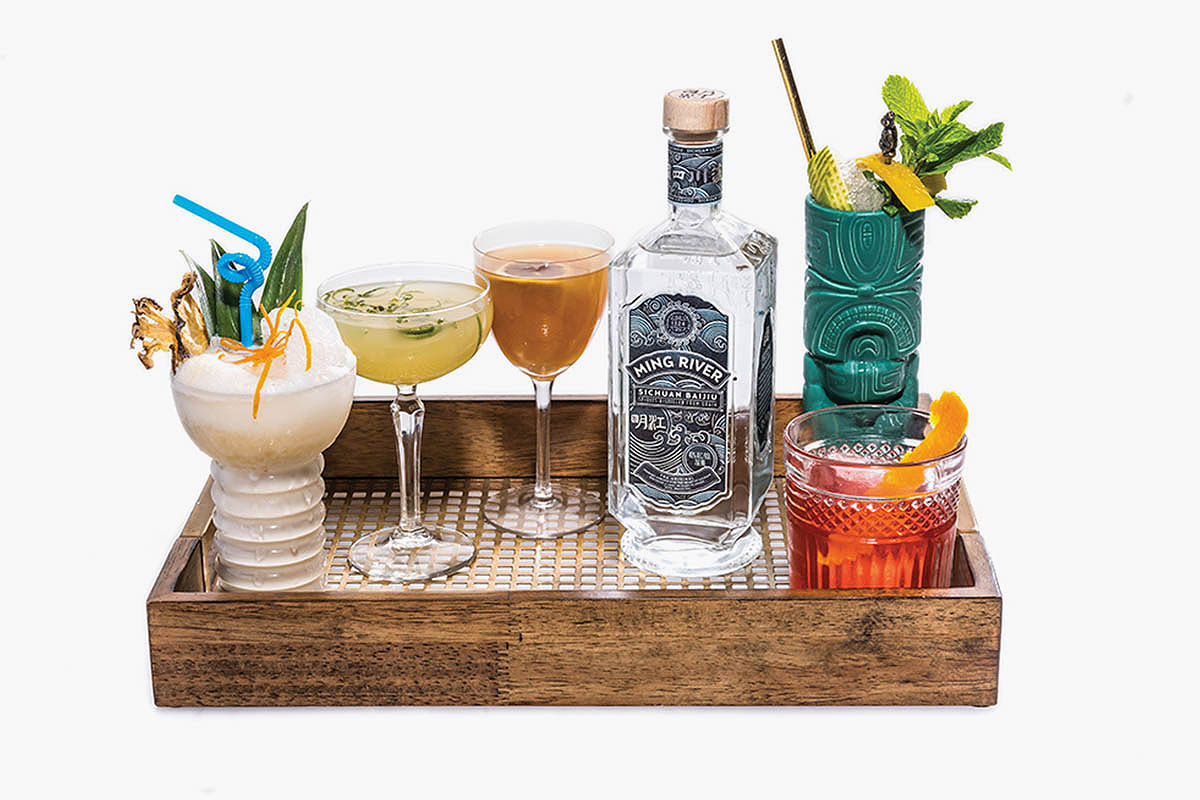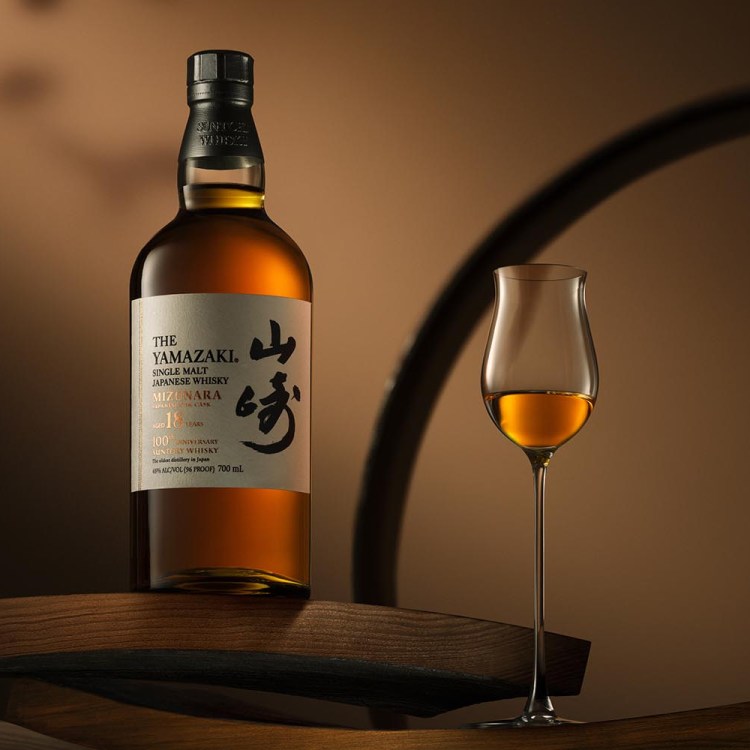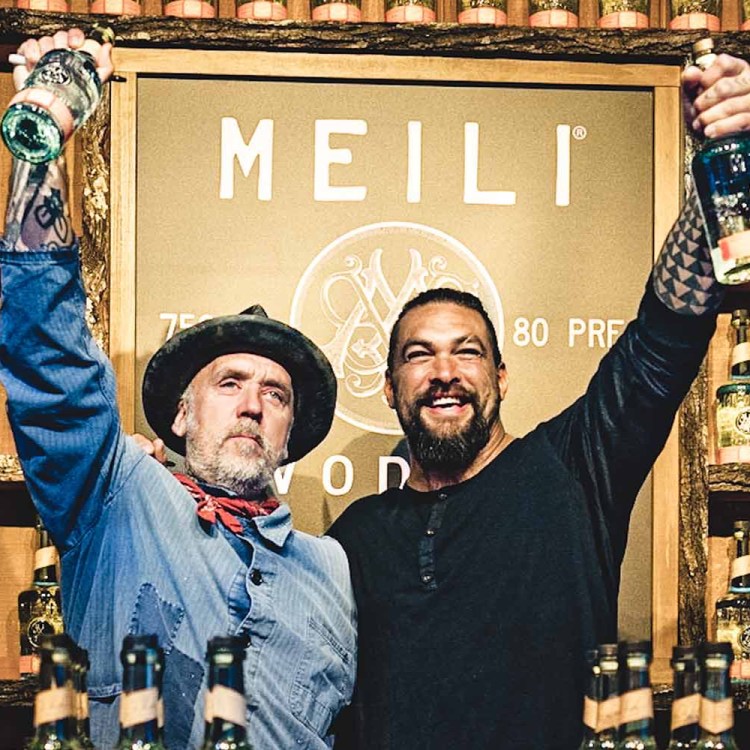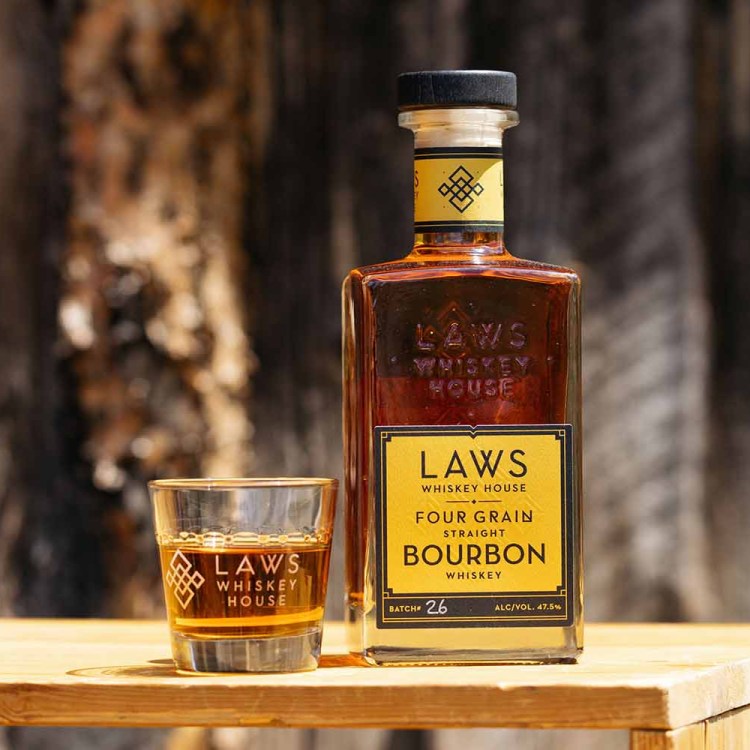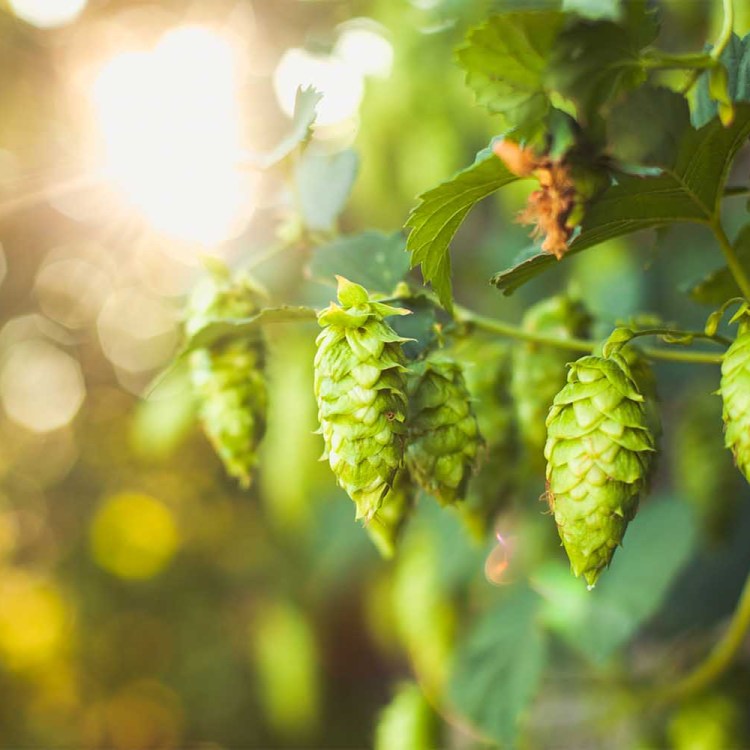The world’s most popular spirit. The most-talked about American whiskey style in years. Steven Soderbergh’s Singani 63.
What do they all have in common? These spirits somehow escape classification from the Alcohol and Tobacco Tax and Trade Bureau (TTB).
As Derek Sandhaus points out in the drinks publication SevenFifty, the TTB — established in 2003 — has done a poor job classifying several mainstream spirits into their proper categories and types. This leads to market confusion and bad actors taking advantage of legal loopholes.
Notes Sandhaus: “At present, large swathes of the liquor world are functionally invisible to the TTB. Most of its taxonomy was adopted from standards that predate the organization, and spirits of European origin are predominant.” So you’ll find 40 types of whisky classified, but not American single malts, the most exciting development in our country’s brown spirits category in years. You also won’t find baijiu (the world’s most popular tipple), shochu, soju, genever or Bolivian singani.
Instead, those popular spirits get lumped into a catch-all category called Distilled Spirits Specialty, which makes it harder for these bottles to get the right branding … and causes confusion when distillers could, for example, relabel “shochu” as soju to get around a California law regarding restaurants being allowed to serve soju sans liquor licenses.
Actually, only one boozy entry (Brazil’s cachaça) has made it into the TTB classification system since the organization’s inception, and that was a political move accomplished in a larger trade deal. “If a country wants its spirit to be recognized by the U.S., they must have something to offer in exchange,” as global cachaça ambassador and consultant Mauricio Maia told SevenFifty.
“When you think about a consumer shopping at retail, it’s not helpful when American Single Malt is grouped together with all other American whiskeys — namely, with bourbon and rye; it’s a wholly different type of spirit, and it’s important that it’s treated as such at retail,” as Christian Krogstad from Westward Whiskey told us last year. “Regardless of whether these standards are formalized through the TTB, it’s important to have some standard of identity in order to help the consumer understand what we’re all about.”
So for American whiskey single malts, that means the industry coming together to support a classification system, whether the TTB comes aboard or not. As SevenFifty suggests, the industry should also come together in support of a better application process, as the government agency has little incentive to change itself; proposed changes to the classifying process were introduced in 2018 but actually died due to drinks industry worries over relabeling and a “stifling of creativity.”
Join America's Fastest Growing Spirits Newsletter THE SPILL. Unlock all the reviews, recipes and revelry — and get 15% off award-winning La Tierra de Acre Mezcal.
